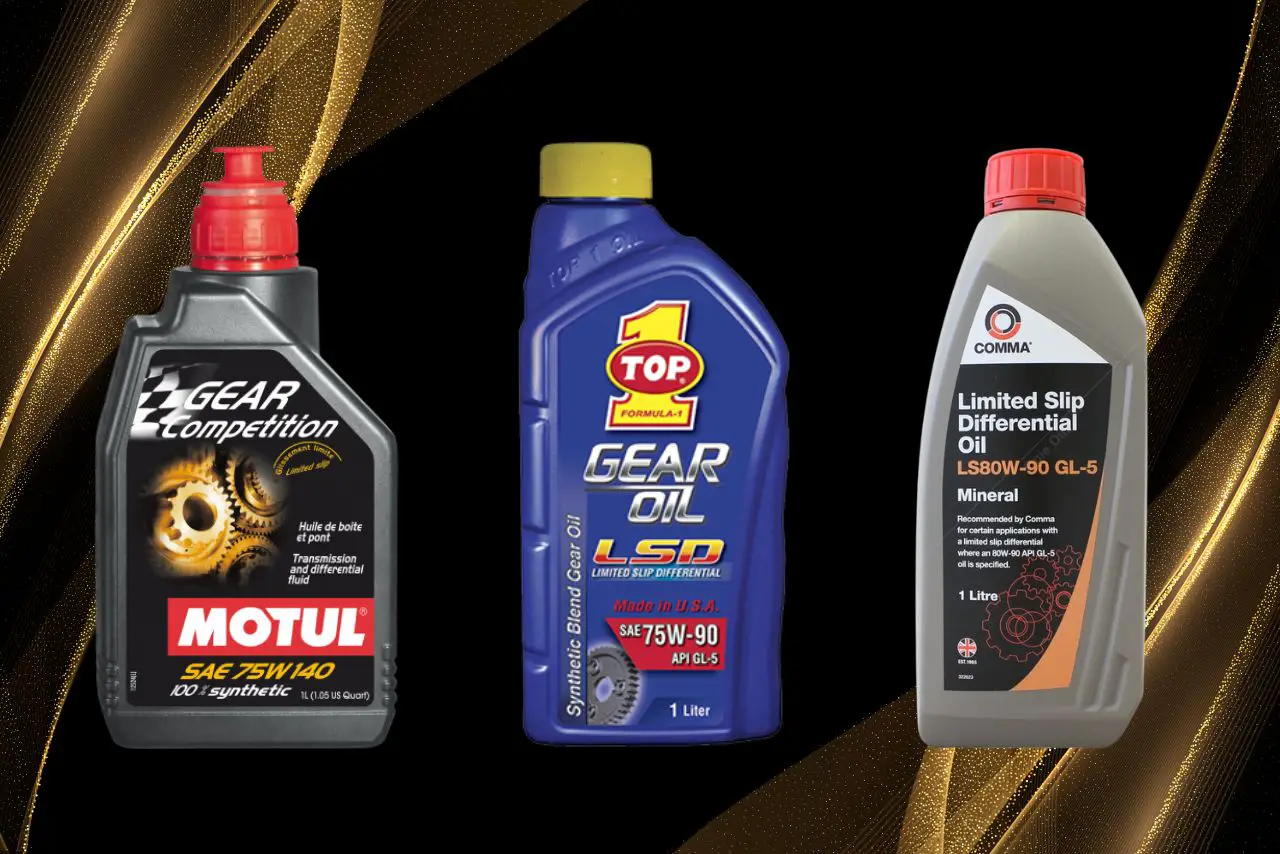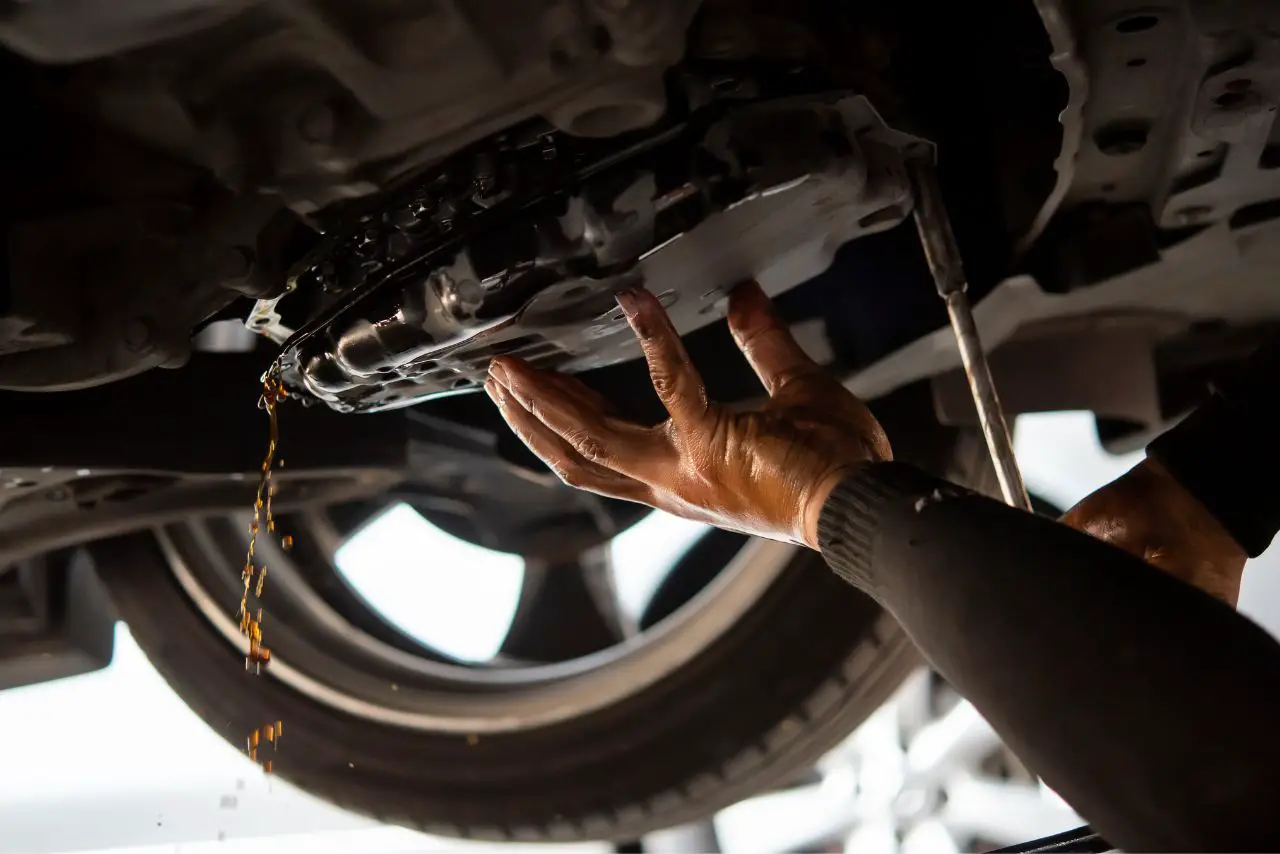If you’re a car owner, you know how important antifreeze is to keep your engine running smoothly. But what happens when you mix different types of antifreeze? Can you mix yellow and orange antifreeze?
The answer isn’t as simple as a yes or no, and it’s important to understand the compatibility of different antifreeze types to avoid potential damage to your engine.
In this article, we’ll discuss the differences between yellow and orange antifreeze, and whether it’s safe to mix them.
We’ll also provide tips on how to safely add antifreeze to your car, so you can keep your engine running at its best without any worries.
As a car owner, you want the freedom to take your car wherever you want, and with the right knowledge about antifreeze compatibility, you’ll have one less thing to worry about on your next road trip.
Can You Mix Yellow And Orange Antifreeze?
No, you should not mix yellow and orange antifreeze. The two types of antifreeze are not chemically compatible and can chemically react with each other, causing a viscosity increase and even gelling in the cooling system. This will render the coolant less effective and can even damage your cooling system.
Yellow antifreeze is typically an IAT (Inorganic Acid Technology) coolant, while orange antifreeze is typically an OAT (Organic Acid Technology) coolant. These two types of coolant have different chemical compositions and are not designed to be mixed.
If you accidentally mix yellow and orange antifreeze, you should flush the cooling system and replace the coolant with the correct type. You can find the correct type of coolant for your car in your owner’s manual.
Here are some of the potential problems that can occur if you mix yellow and orange antifreeze:
It is always best to err on the side of caution and avoid mixing different types of antifreeze. If you are not sure what type of antifreeze is in your car, it is best to consult your owner’s manual or a qualified mechanic.
Understanding Antifreeze Compatibility
You can’t mix yellow and orange antifreeze because they’re not compatible, but don’t worry, we’ll explain why!
Antifreeze is a vital component in keeping your engine from overheating and freezing, but not all antifreeze brands and colors are alike.
Mixing different types of antifreeze can lead to chemical reactions that can damage your engine and cause costly repairs.
Antifreeze compatibility is based on the chemical composition of the antifreeze. Yellow antifreeze is typically made of ethylene glycol, while orange antifreeze is made of a different chemical called propylene glycol.
Mixing these two types of antifreeze can cause the chemicals to react and form a gel-like substance that can clog your engine and radiator.
It’s important to store and dispose of antifreeze properly to avoid contamination and environmental hazards. Antifreeze should be stored in a sealed container away from heat and sunlight to prevent degradation.
Disposing of antifreeze should be done at a certified recycling center or hazardous waste facility. Never pour antifreeze down the drain or on the ground, as it can contaminate water sources and harm wildlife.
Remember to always check your owner’s manual and use the recommended type of antifreeze for your vehicle to ensure optimal performance and avoid costly repairs.
What is Yellow Antifreeze?
As we explore the world of coolant, a particular type of fluid catches our eye: the sunny shade of gold that signifies a specific antifreeze formula.
This is what we call yellow antifreeze, and it is one of the most popular antifreeze options available in the market. Here are three things you need to know about yellow antifreeze:
Benefits of Using Yellow Antifreeze
Yellow antifreeze is known for its long-lasting protection against corrosion and rust. It is also compatible with most metals and materials used in engine components, making it a versatile option for various types of engines.
Moreover, yellow antifreeze has a longer lifespan compared to other types of antifreeze, which means you need to replace it less frequently.
Common Misconceptions About Yellow Antifreeze
One common misconception about yellow antifreeze is that it is only meant for use in certain types of engines.
However, this is not true, yellow antifreeze can be used in various types of engines, including diesel and gasoline engines.
Another misconception is that it is more expensive than other types of antifreeze, but this is not always the case. The price of yellow antifreeze may vary depending on the brand and the quantity you need.
Freedom to Choose
When it comes to choosing the right antifreeze for your engine, it’s important to have the freedom to choose the best option for your needs.
Yellow antifreeze offers many benefits, including long-lasting protection against corrosion and rust, versatility, and a longer lifespan.
Don’t be swayed by common misconceptions – yellow antifreeze is a reliable and cost-effective choice for your engine.
What is Orange Antifreeze?
The vibrant hue of a tropical sunset fills the engine as orange antifreeze flows through its components, offering a reliable and efficient option for coolant.
Orange antifreeze types are typically made with organic acid technology (OAT) and are designed to last longer than traditional green antifreeze.
This is because OAT-based antifreeze contains fewer silicates, which can break down over time and cause damage to the engine.
One of the advantages of using orange antifreeze is that it is less likely to cause damage to aluminum components.
This is because OAT-based antifreeze contains fewer phosphates, which can react with aluminum and cause corrosion. Additionally, orange antifreeze is less likely to cause scaling and deposits in the engine, which can reduce its efficiency and lifespan.
Overall, orange antifreeze is a reliable and efficient option for coolant. Its OAT-based formula offers several advantages over traditional green antifreeze, including longer lifespan, reduced risk of corrosion, and improved engine efficiency.
Differences Between Yellow and Orange Antifreeze

Get ready to learn about the contrasts between these two antifreeze colors and why it matters for your vehicle’s cooling system.
Yellow and orange antifreeze differ in their chemical composition, with the former containing ethylene glycol and the latter containing propylene glycol.
The benefits of using different colored antifreeze lie in their respective boiling points, freezing points, and corrosion inhibitors.
When it comes to boiling and freezing points, yellow antifreeze has a higher boiling point and lower freezing point than orange antifreeze.
This means that yellow antifreeze can withstand higher temperatures without boiling over and lower temperatures without freezing solid.
On the other hand, orange antifreeze has a lower toxicity level and is less harmful to animals and humans in case of ingestion or skin contact. It is also more environmentally friendly than yellow antifreeze.

Another difference between the two is their corrosion inhibitors. Yellow antifreeze contains silicates and phosphates, which provide excellent protection against rust and corrosion for aluminum and ferrous metal parts.
In contrast, orange antifreeze contains organic acids, which are more suited for protecting copper or brass radiators. Mixing the two types of antifreeze can result in a chemical reaction that can clog up your vehicle’s cooling system, leading to engine overheating and damage.
It’s important to use the correct type of antifreeze for your vehicle’s cooling system. While the differences between yellow and orange antifreeze may seem small, they can have significant impacts on your engine’s performance and longevity.
Can You Mix Yellow and Orange Antifreeze?
Hey, did you know that mixing yellow and orange antifreeze could lead to major problems for your vehicle’s engine?
Although they both serve the same purpose of regulating engine temperature and preventing corrosion, these two types of antifreeze have different chemical compositions.
Mixing them can result in a chemical reaction that can cause serious damage to your engine.
The potential consequences of mixing antifreeze types include clogging of the radiator and coolant passages, corrosion of metal parts, and damage to the water pump.
The chemical reaction caused by mixing these coolants can also cause a build-up of sludge that can clog the cooling system and lead to overheating.
In addition, mixing different types of antifreeze can affect the pH balance of the coolant, which can cause accelerated corrosion and damage to the engine’s internal components.
Watch Video: Can You Mix Yellow And Orange Antifreeze
How to Safely Add Antifreeze to Your Car?
Make sure your car’s engine is protected this winter by safely adding the recommended antifreeze. Here are some tips to help you do it right:
By following these tips, you can safely add antifreeze to your car and ensure that your engine is protected from the harsh winter weather. Don’t take any chances with your car’s health, use the right antifreeze and handle it with care.
Frequently Asked Questions
Is It Safe to Mix Different Brands of Yellow or Orange Antifreeze?
When it comes to antifreeze compatibility, it’s generally safe to mix different brands of yellow or orange antifreeze.
However, always check the label and follow the manufacturer’s instructions to ensure proper mixing ratios and avoid potential engine damage.
What Happens if You Accidentally Mix Yellow and Orange Antifreeze?
Mixing yellow and orange antifreeze can cause chemical reactions and result in reduced antifreeze compatibility.
This can lead to engine damage and decreased performance.
Be sure to use the same type of antifreeze when topping off or flushing your cooling system.
How Often Should You Change Your Car’s Antifreeze?
To maintain optimal engine performance, change your car’s antifreeze every 2 years or as recommended by your vehicle’s manufacturer.
Proper disposal of old antifreeze is crucial due to its toxic antifreeze composition and potential environmental impact.
Can You Use a Universal Antifreeze Instead of Yellow or Orange Antifreeze?
When comparing yellow and orange antifreeze, a universal antifreeze can be a suitable replacement.
It offers benefits such as compatibility with various types of vehicles and longer lifespan. This provides more freedom in choosing the right antifreeze for your car.
What Are the Potential Hazards of Using the Wrong Type of Antifreeze in Your Car?
Using the wrong antifreeze in your car can cause Antifreeze Compatibility issues, leading to engine overheating, corrosion, and damage.
Proper Engine Cooling System Maintenance requires using the correct type of antifreeze to ensure optimal performance and avoid costly repairs.
Conclusion and Final Thoughts 💭
So, can you mix yellow and orange antifreeze? The short answer is no. Mixing different types of antifreeze can lead to problems with your car’s cooling system and potentially cause damage.
It’s important to understand the differences between yellow and orange antifreeze before adding any to your car. Yellow antifreeze is typically made with ethylene glycol and silicates, while orange antifreeze is made with propylene glycol and organic acids.
These different compositions can react negatively when mixed together, causing corrosion and damage to your car’s engine and cooling system.
To safely add antifreeze to your car, always check your owner’s manual for the specific type of antifreeze recommended by the manufacturer.
Stick with the same type of antifreeze throughout the life of your car to avoid any compatibility issues.
If you’re unsure which type of antifreeze to use or have any concerns about your car’s cooling system, consult a professional mechanic for advice. By taking these precautions, you can keep your car running smoothly and avoid costly repairs.





